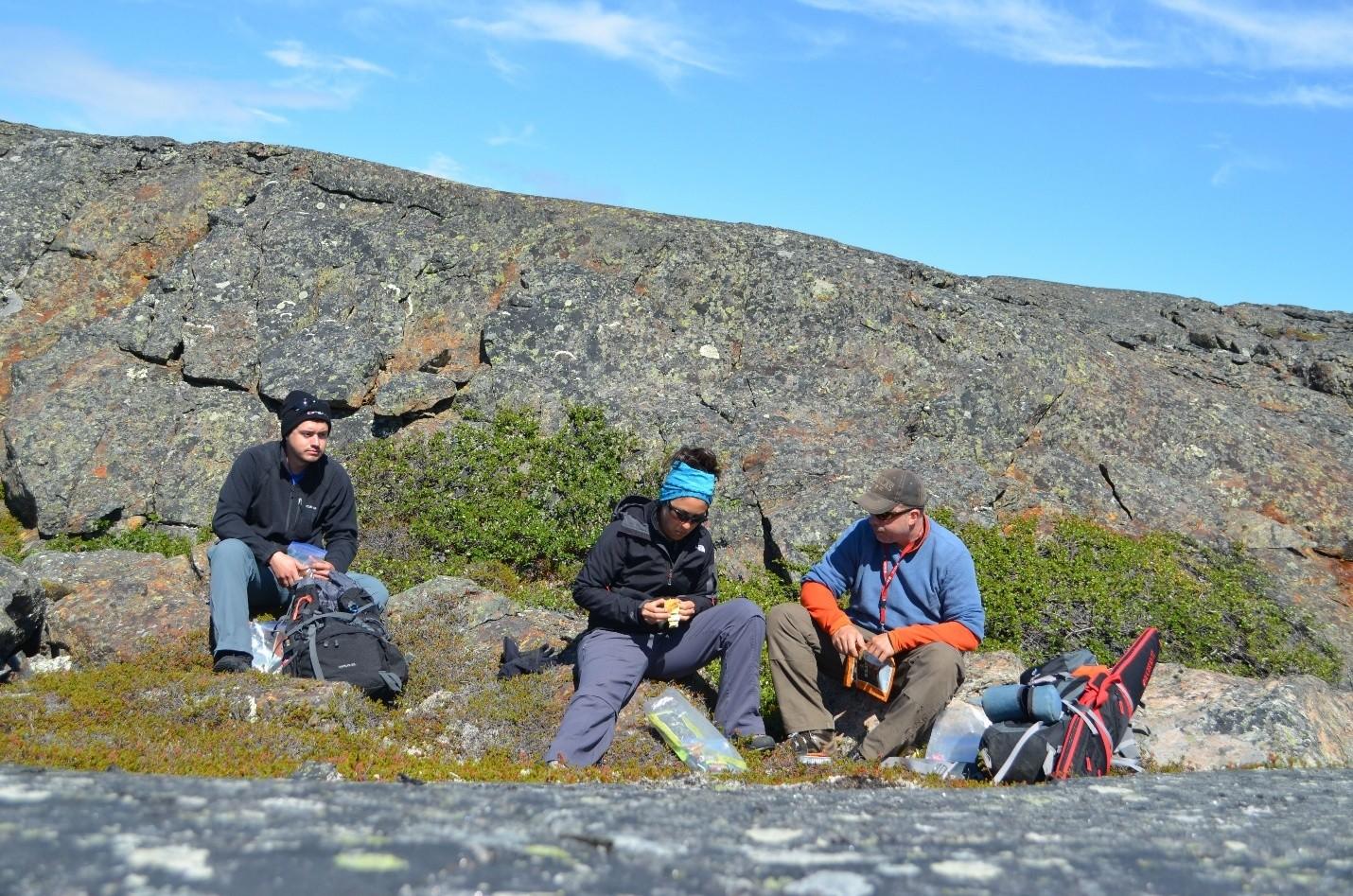A team of Canadian and French researchers has confirmed that northern Quebec is home to the oldest known rocks on Earth, dating back 4.16 billion years.
Under the leadership of Jonathan O’Neil, an associate professor in the Department of Earth and Environmental Sciences at the University of Ottawa, this major discovery is the fruit of a collaboration involving Christian Sole (who completed a master’s at the University of Ottawa in 2021), Hanika Rizo, (a professor at Carleton University), Jean-Louis Paquette (a now-deceased researcher at France’s Centre national de la recherche scientifique (CNRS) in the Université Clermont-Auvergne’s Laboratoire Magmas et Volcans), David Benn (a former bachelor’s student at uOttawa) and Joeli Plakholm (a former bachelor’s student at Carleton University).
O’Neil, who supervised the original study, explains: “The results obtained during Christian Sole’s master’s were very promising. We continued the research after he completed his master’s to confirm the exceptional age of these rocks.”
An exceptional geological site
Samples were collected in 2017 near the municipality of Inukjuak, Nunavik, as part of Sole’s master’s. After preliminary analysis, additional work was carried out at the University of Ottawa and Carleton University, to confirm the age of the rocks.
“For over 15 years, the scientific community has debated the age of volcanic rocks from northern Quebec. Our previous research suggested that they could date back 4.3 billion years, but this wasn’t the consensus,” O’Neil recalls.


“This confirmation positions the Nuvvuagittuq Belt as the only place on Earth where we find rocks formed during the Hadean eon”
Jonathan O’Neil
— Associate professor, Department of Earth and Environmental Sciences
A window onto primitive Earth
The current study shows that the intrusive rocks crossing these volcanic formations are 4.16 billion years old, which confirms that the volcanic rocks must be older, and thus, that this region of the Canadian north is indeed home to the oldest known rocks on Earth. “This confirmation positions the Nuvvuagittuq Belt as the only place on Earth where we find rocks formed during the Hadean eon, that is, the first 500 million years of our planet’s history,” says O’Neil.
To establish the age of these rocks, the researchers combined petrology and geochemistry and applied two radiometric dating methods using different isotopes of the elements samarium and neodymium as two separate chronometers indicating the same age, 4.16 million years. This discovery opens a unique window on the early Earth. “Understanding these rocks is going back to the very origins of our planet. This allows us to better understand how the first continents were formed and to reconstruct the environment from which life could have emerged,” says O’Neil.
For more, see the study published in the journal Science, titled Evidence for Hadean mafic intrusions in the Nuvvuagittuq Greenstone Belt, Canada.
